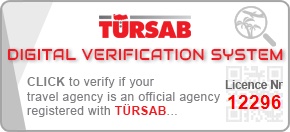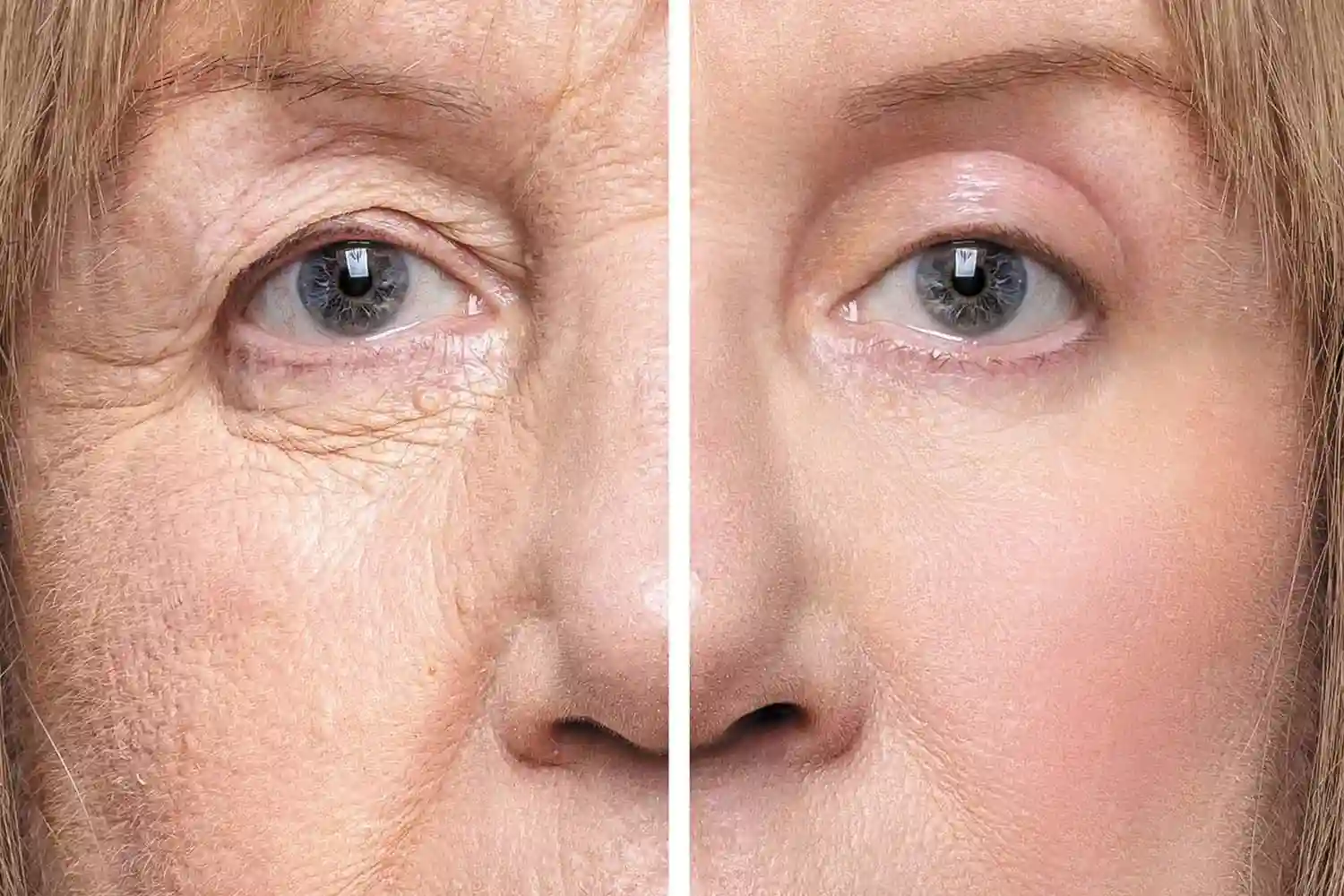The delicate periorbital area often shows the first signs of aging. Eyelid rejuvenation surgery, known as blepharoplasty, consistently addresses these changes. Studies confirm its efficacy in restoring a more youthful and alert appearance. This procedure targets excess skin, fat, and muscle around the eyes. Such alterations can impair vision in some cases. Data indicates a significant improvement in both aesthetics and visual fields post-surgery. Furthermore, the American Society of Plastic Surgeons reports blepharoplasty as one of the most frequently performed cosmetic procedures. This popularity underscores its proven benefits and patient satisfaction rates. The precise nature of this surgery demands a nuanced understanding of facial anatomy. This ensures optimal and natural-looking outcomes.
Table of Contents
How Does Eyelid Surgery Address Hooded and Drooping Lids?
Blepharoplasty details reveal that this surgical procedure directly addresses the anatomical changes causing hooded and drooping eyelids through precise removal of excess tissue. The surgery to fix eyelids targets both the redundant skin and underlying fat compartments that contribute to the aged appearance of the periorbital region. Our extensive experience demonstrates that the eyelid lift procedure effectively restores a more youthful and alert appearance by eliminating the heavy, tired look associated with ptotic eyelids.
Hooded eyelids surgery specifically focuses on the upper eyelid complex, where excess skin creates a fold that obscures the natural eyelid contour. The surgical technique involves making precise incisions along the natural eyelid crease, allowing for optimal camouflage of resulting scars. What is blepharoplasty encompasses both functional and aesthetic improvements, as the procedure can enhance visual field obstruction while simultaneously rejuvenating the eye area.
The removal of excess skin eyelids requires careful preoperative planning to determine the exact amount of tissue to be excised. Upper eyelid blepharoplasty employs advanced surgical techniques that preserve the natural eyelid anatomy while addressing the redundant dermatochalasis. The procedure typically involves creating an elliptical excision pattern that follows the natural contours of the upper eyelid, ensuring harmonious results that complement the patient’s facial features.
Fat removal eyelids represents a crucial component of comprehensive eyelid rejuvenation, particularly when pseudoherniated orbital fat contributes to the bulging appearance. The surgical approach involves either conservative fat removal or repositioning techniques, depending on the specific anatomical findings. Eyelid rejuvenation surgery addresses multiple layers of the eyelid complex, including skin, orbicularis oculi muscle, and orbital septum modifications when necessary.
Lower eyelid concerns require different surgical considerations, as eye surgery for saggy eyelids in this region often involves addressing both skin laxity and fat compartment changes. The transconjunctival approach allows for fat repositioning without external incisions, while the transcutaneous technique enables simultaneous skin tightening. Cosmetic eyelid surgery principles emphasise maintaining natural eyelid position and avoiding over-correction that could lead to complications such as ectropion or scleral show.
Drooping eyelids surgery must differentiate between dermatochalasis and true ptosis, as the latter requires levator muscle intervention rather than simple skin excision. The comprehensive evaluation includes assessing marginal reflex distance, levator function, and the presence of Hering’s law effects. Lower eyelid rejuvenation surgery often incorporates canthopexy or canthoplasty techniques to maintain proper eyelid tension and prevent post-operative malposition.
The surgical precision required for optimal outcomes involves understanding the complex anatomy of the eyelid structures and their interrelationships. Modern techniques emphasise tissue preservation while achieving the desired aesthetic improvements, ensuring that the results appear natural and complement the patient’s overall facial harmony. The procedure’s success depends on careful patient selection, thorough preoperative assessment, and meticulous surgical technique that respects the delicate nature of periorbital anatomy. Brow Lift Blepharoplasty Combination can enhance the outcomes of eyelid rejuvenation surgery. This procedure aims to restore a youthful appearance while maintaining the unique characteristics of the individual’s facial structure.
Safety and Recovery: Important Considerations Before Surgery
Safety Considerations and Risk Assessment
Is eyelid lift surgery dangerous? Understanding the safety profile of blepharoplasty requires examining both common and rare complications. Modern eyelid tightening surgery techniques have significantly reduced risks, with serious complications occurring in less than 1% of cases.
- Temporary bruising and swelling affect 95% of patients within the first week
- Dry eyes occur in approximately 10-15% of patients, typically resolving within 3-6 months
- Asymmetry or overcorrection requires revision surgery in 2-3% of cases
- Infection rates remain below 1% when proper surgical protocols are followed
- Scarring visibility depends on individual healing patterns and surgeon technique
Eye bag surgery gone wrong scenarios often result from inadequate patient selection or surgical inexperience. Choosing board-certified oculoplastic surgeons reduces these risks substantially.
Recovery Timeline and Expectations
The following table outlines expected recovery milestones for eyelid lift surgery recovery:
| Recovery Phase | Duration | Key Milestones |
| Initial healing | 7-10 days | Suture removal, reduced swelling |
| Visible improvement | 2-4 weeks | Return to normal activities |
| Final results | 3-6 months | Complete tissue settling |
Recovery success depends on adherence to post-operative instructions and individual healing capacity. Most patients experience significant improvement in both appearance and function within the first month.
Medical Necessity and Qualification Criteria
Medically necessary eyelid surgery addresses functional impairments rather than purely cosmetic concerns. Understanding how to qualify for eyelid surgery involves meeting specific clinical criteria.
- Visual field testing demonstrating peripheral vision obstruction of 30% or greater
- Photographic documentation showing significant dermatochalasis affecting daily activities
- Conservative treatment failure including lubricating drops and lifestyle modifications
- Functional assessment confirming interference with reading, driving, or occupational tasks
- Medical history review excluding contraindications such as bleeding disorders or unrealistic expectations
Insurance coverage typically requires documented functional impairment affecting quality of life. Purely cosmetic procedures remain patient-funded in most healthcare systems.
Benefits and Realistic Outcomes
Eyelid surgery benefits extend beyond aesthetic improvements to include functional enhancements. Patients frequently report improved peripheral vision, reduced eye strain, and enhanced confidence in social situations.
The eyelid lift surgery name – blepharoplasty – encompasses various techniques targeting different anatomical concerns. Upper blepharoplasty addresses excess skin and fat, while lower procedures focus on under-eye bags and skin tightening.
Pre-operative Assessment Requirements
Blepharoplasty considerations include comprehensive evaluation of orbital anatomy, skin elasticity, and underlying medical conditions. Proper candidate selection prevents complications and ensures optimal outcomes.
- Complete ophthalmologic examination including tear film assessment
- Cardiovascular evaluation for patients with hypertension or cardiac conditions
- Medication review identifying blood-thinning supplements or prescriptions
- Smoking cessation counselling, as tobacco use significantly impairs healing
- Realistic expectation setting through computer imaging or photograph review
Patients with thyroid eye disease, severe dry eye syndrome, or active orbital inflammation require specialized management before considering surgical intervention. These conditions significantly impact surgical planning and recovery protocols.
Long-term Considerations
Blepharoplasty results typically last 10-15 years, though individual aging patterns vary considerably. Maintenance of results depends on sun protection, skincare regimens, and genetic factors influencing tissue aging.
Secondary procedures become necessary in approximately 5-10% of patients, usually addressing minor asymmetries or additional aging changes. Planning for potential touch-up procedures ensures comprehensive patient counselling and realistic outcome expectations.
Cost and Location: Finding the Right Surgery Options
Understanding eyelid rejuvenation cost variations across different locations enables patients to make informed decisions about their aesthetic procedures. Geographic factors significantly influence pricing structures, with substantial differences observed between countries and regions.
The following comparison demonstrates cost variations for common eyelid procedures across key locations:
| Procedure Type | Turkey (£) | England (£) | Savings |
| Upper eyelid surgery | 1,200-1,800 | 3,500-5,500 | 60-70% |
| Lower eyelid surgery | 1,400-2,000 | 4,000-6,000 | 65-75% |
| Combined upper/lower | 2,200-3,200 | 6,500-9,500 | 65-70% |
| Hooded eyelid correction | 1,300-1,900 | 3,800-5,800 | 65-70% |
Turkey demonstrates remarkable cost advantages while maintaining superior clinical outcomes. CK Health Turkey in Antalya exemplifies this excellence, featuring specialist teams dedicated to eyelid rejuvenation procedures with advanced surgical techniques and exceptional success rates.
Factors influencing eyelid lift surgery cost UK include:
- Surgeon expertise and reputation levels
- Clinic location and facility standards
- Anaesthesia requirements and theatre fees
- Post-operative care and follow-up consultations
- Revision procedures if necessary
Upper eyelid surgery cost typically represents the most accessible entry point for patients seeking facial rejuvenation. Hooded eyelid surgery cost varies based on tissue removal complexity and concurrent procedures performed.
When searching for eyelid lift surgery near me, patients should evaluate:
- Board certification and specialisation credentials
- Clinical experience with blepharoplasty procedures
- Patient testimonials and before-after portfolios
- Comprehensive consultation processes
- Transparent pricing structures
Eyelid reduction surgery UK pricing reflects high operational costs, stringent regulations, and premium facility standards. However, many patients discover exceptional value through international treatment options.
CK Health Turkey delivers outstanding results through their specialised eyelid rejuvenation team, utilising cutting-edge surgical techniques within state-of-the-art medical facilities. Their proven track record demonstrates consistently high patient satisfaction levels alongside remarkable clinical outcomes.
Eyelid lift surgery UK patients increasingly explore international alternatives, recognising substantial cost savings without compromising quality standards. Turkey’s reputation for excellence in aesthetic surgery, combined with comprehensive patient care programmes, creates compelling treatment opportunities.
The combination of significant cost advantages, superior success rates, and world-class medical facilities positions Turkey as the preferred destination for discerning patients seeking exceptional eyelid rejuvenation outcomes.



